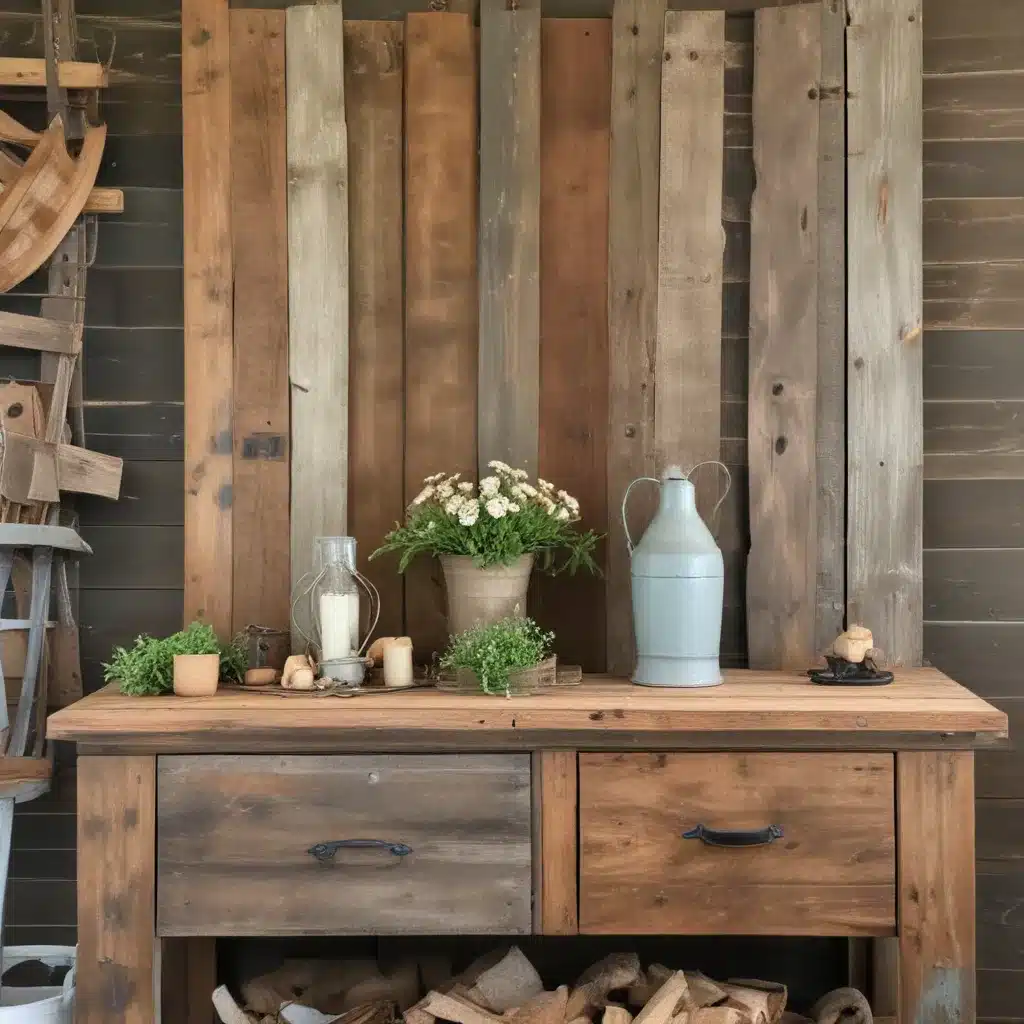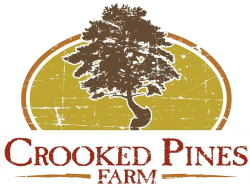
Nestled in the rolling hills and lush woodlands of our region lies Crooked Pines Farm, a haven for those seeking to reconnect with nature and immerse themselves in the timeless allure of farmhouse living. As a farm educator, I’ve had the privilege of guiding visitors through the enchanting landscapes and historic structures that dot our property, revealing the rich tapestry of the past that informs our present-day lifestyle.
One of the most captivating aspects of Crooked Pines Farm is the way we have thoughtfully incorporated vintage and reclaimed materials into our design aesthetic. From the weathered barn siding that adorns our rustic-chic interiors to the repurposed farm equipment that adds a touch of industrial charm to our outdoor spaces, these salvaged treasures have become the hallmarks of our farmhouse style.
Characteristics of Vintage Farm Materials
When it comes to sourcing the materials that lend our farm its unique character, we’ve learned to keep a keen eye out for the hidden gems that often lurk in the most unexpected places. Reclaimed wood, with its rich patina and weathered character, is a staple at Crooked Pines. Whether it’s the barn beams that now grace our ceilings or the fencing boards that have been transformed into charming accent walls, this versatile material adds an undeniable rustic elegance to any space.
Equally captivating are the weathered metal pieces we’ve unearthed, from the vintage milk cans that serve as planters to the galvanized buckets that have found new life as light fixtures. These industrial-inspired elements not only evoke the hardworking spirit of the farm but also lend a touch of industrial chic that seamlessly blends with our farmhouse aesthetic.
And let’s not forget the repurposed furniture that has become a hallmark of our design philosophy. Whether it’s the antique dresser that’s been transformed into a bathroom vanity or the old workbench that now serves as a kitchen island, these pieces inject a sense of history and character into our spaces, telling the stories of their past lives.
Sourcing Vintage Farm Materials
Sourcing these vintage farm materials is all part of the adventure, and we’ve become quite adept at scouring the local antique stores, flea markets, and even abandoned barns for our next great find. The thrill of the hunt is half the fun, as we never know what hidden treasures we might uncover.
One of our favorite resources for barn wood and other architectural salvage is the network of local farmers and landowners who are in the midst of renovating or demolishing their old structures. By establishing relationships with these stewards of history, we’re able to rescue these materials before they’re lost to the elements, giving them new life in our ever-evolving farmhouse design.
Upcycling Techniques
Of course, breathing new life into these vintage materials requires a bit of elbow grease and a healthy dose of creativity. Our team of skilled craftspeople have honed a range of techniques to transform these salvaged treasures into functional and beautiful elements of our farmhouse aesthetic.
For furniture pieces, sanding and staining is often the first step, revealing the natural beauty of the wood and allowing us to customize the finish to suit our design vision. In other cases, a distressed paint treatment can lend an artfully aged appearance, harmonizing seamlessly with the rustic charm of our interiors.
When it comes to architectural salvage, the possibilities are truly endless. We’ve repurposed barn doors as stunning sliding entryways, crafted ceiling beams into striking floating shelves, and even transformed weathered planks into one-of-a-kind wall paneling, each piece imbued with its own unique history and character.
Design Applications
The real magic happens when we integrate these upcycled vintage materials into the fabric of our farmhouse design. In our cozy interiors, rustic accents like exposed beams, barn wood walls, and metal hardware lend an unmistakable sense of character and charm, creating a space that feels both timeless and …See more at Crooked Pines Farm.
Beyond the walls of our farmhouse, we’ve also found countless ways to incorporate these vintage materials into our outdoor living spaces. Galvanized planters brimming with vibrant blooms grace our rustic garden structures, while repurposed furniture like weathered benches and vintage tables add welcoming touches to our tranquil patios and porches.
Sustainable Design
But the true beauty of upcycling vintage farm materials goes beyond mere aesthetics. By breathing new life into these discarded relics, we’re not only preserving the rich history of our region but also championing a more sustainable approach to design.
Each time we rescue a barn beam or a metal milk can from the brink of obsolescence, we’re actively reducing waste and conserving precious natural resources. And by extending the life cycle of these materials, we’re contributing to a more circular economy – one that prioritizes reuse, repurposing, and responsible stewardship over the wasteful “disposable” mindset that has become all too common in modern society.
Ultimately, the story of Crooked Pines Farm is one of restoration and renewal – a testament to the enduring allure of the past and the power of thoughtful, sustainable design. By embracing the weathered charm of vintage farm materials, we’ve not only created a visually stunning oasis but also forged a deep connection to the land and the legacies that have shaped it.
So whether you’re a seasoned farmhouse enthusiast or simply seeking to infuse your space with a touch of rustic refinement, I encourage you to look beyond the shiny and new and discover the hidden treasures that await in the corners of your local antique shops, flea markets, and even your own backyard. The journey of upcycling is one of endless possibility, and the rewards – both aesthetic and environmental – are truly boundless.


